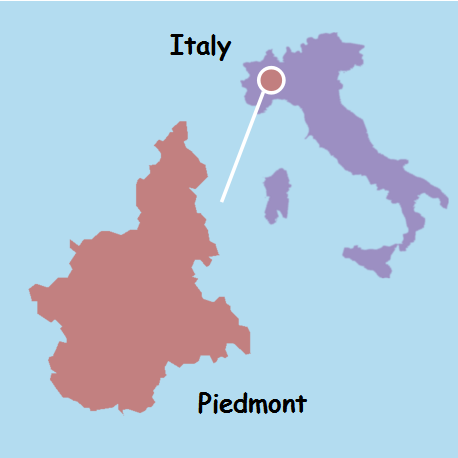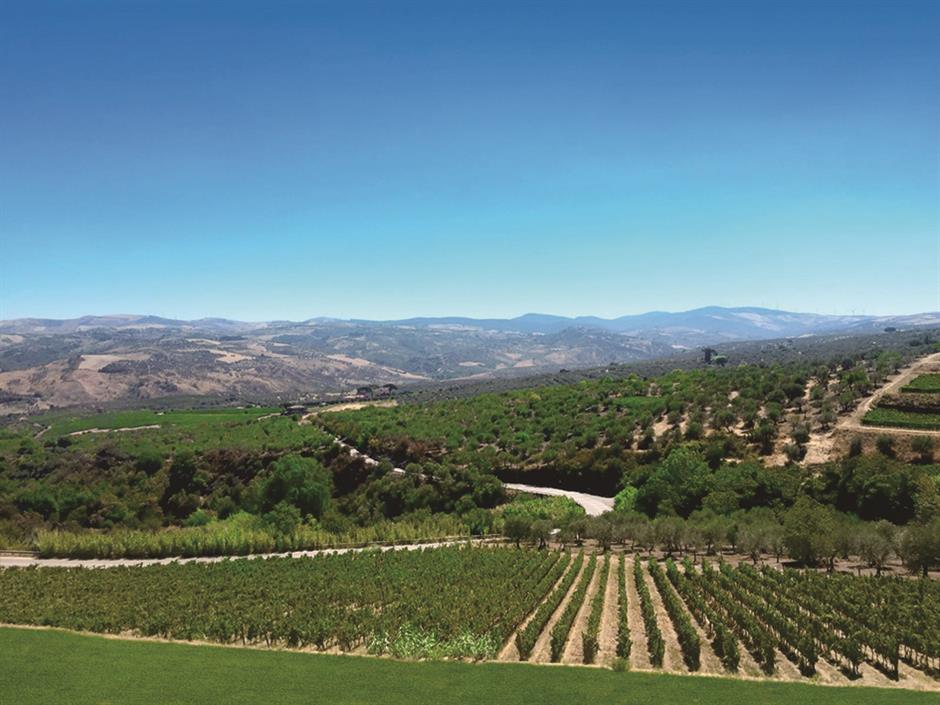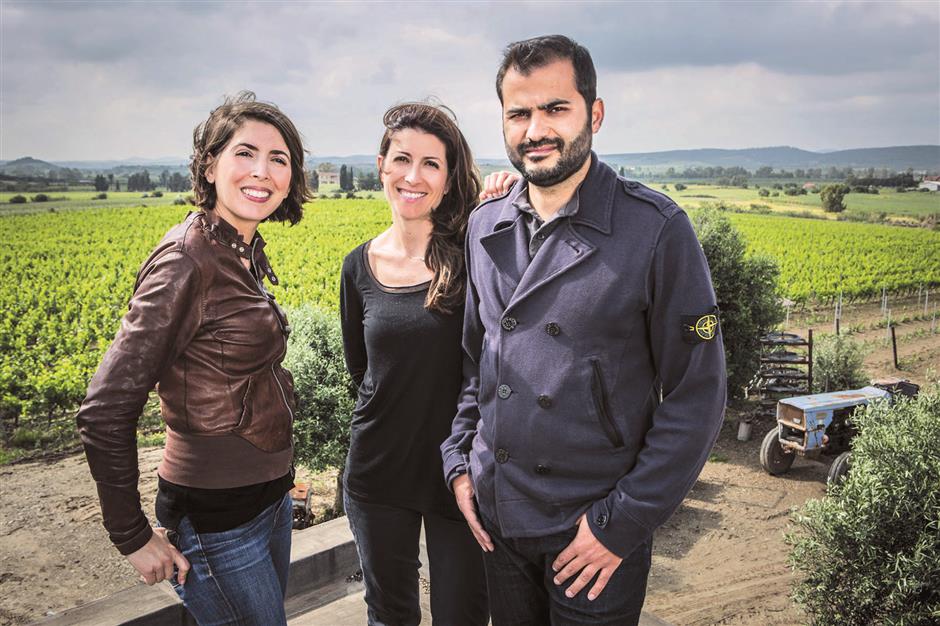I love Barbera wines, not because they are the most beautiful, famous or prized wines in the world, but because the better examples have a unique and charming personality.

There’s also a refreshing honesty about them, a term now used in the wine world to refer to a wine that offers exactly what you would expect for the price, region and variety. Perhaps because of its more famous and prestigious Piedmont cousins, Barolo, often called the king of Italian wines and Barbaresco popularly referred to as the queen of Italian wines, people tend to look down on this workhorse grape of Piedmont.
Recently an entertaining elderly Italian winemaker who proudly proclaimed he now spends more time drinking wine than making wine told me that while Barbaresco makes a perfect wife, Barbera is only suitable as a mistress. I didn’t pursue the matter further with the gentleman, but his statement is indicative of the lack of respect for Barbera.
Also not helping the grapes reputation was a scandal in 1985 when some Piedmont producers added methanol to Barbera wines killing 30 people and causing numerous others to lose their sight.
I often describe Barbera as a wine of three styles, the first a diluted overly acidic wine made by producers who only care about maximizing yield. These are the wines that have resulted in Barbera having a bad rap. Avoid them. The second style is a traditional light to medium body wine with good fruitiness and freshness.
Recently more producers are making a new style of low-yield, concentrated wines that are aged longer in oak. There is much to like about the latter two styles while the high yield Barberas are at best barely drinkable cheap party wines and at worst suitable for the trash bin.
Traditionally, because it ripens about two weeks before the Nebbiolo grape even when it’s denied ideal exposure to the sun, growers in Piedmont would select lesser vineyards to grow Barbera and the best vineyards for Nebbiolo. In the 80s and 90s in part inspired by the success of the Super Tuscans wines, some producers decided to plant Barbera in some of their best vineyards resulting in the new more concentrated Barbera style.
These wines are often fermented and aged in small French oak that helps give them greater substance and complexity as well as making them more age-worthy. Sometimes referred to as new-age, or Super-Barberas, these wines have been wining acclaim from wine writers and judges.
There’s more good news about Barbera. When it comes to food and wine pairings, Barbera is one of the most versatile wines in the world. The lighter style of Barbera wines is quite suitable for meals that combine seafood and meat. Three wonderful Barbera wines available in China of this style are the Antario Barbera d’Asti Superiore DOC, 2005, the Pio Cesare Barbera d’Alba DOC, 2008 and Michele Chiarlo Barbera d’Asti Superiore Le Orme DOC, 2008.
The light to medium body and fruity nature of these Barbera wines complements rather than overwhelms the seafood while the acidity wakens up and highlights the natural sweetness and freshness of the seafood.
At the same time the gentle tannins in the wine will work well with white or red meat dishes. So the next time you have a Chinese meal when seafood and meats are served at the same time choose a Barbera. Remember to first chill the wine as the ideal serving temperature of traditional style Barberas is about 15 C. Southeast Asian dishes also tend to match well with these wines.
Recently I enjoyed a Varbera at an Indonesian restaurant with two flavorful seafood dishes, the dried onion roasted fish wieh homemade sauce and fragrant roasted shrimp with self-made sauce. Several of the spices used in the dishes were alcohol soluble so the wine actually mitigated sensations of spiciness in the palate while highlighting the freshness.
Heavier Barbera wines with longer oak aging are best with meat dishes. The Hastae Barbera d’Asti Quorum DOC, 2001, also available in China, is a perfect example.The tannins of this wine accentuate the best qualities of hearty meat stews embellishing their sauces with added elegance and aromas while facilitating digestion of these heavy dishes. With plain grilled meats the dark fruit flavors of the wine are the only sauce you need cleansing your palate making each successive bite even more delicious. As with most Italian wines, choosing the right producer is the most reliable way to get a good result. Top producers that have traditional-style Barbera wiens available in Shanghai are Michele Chiarlo, Pio Cesare and Antario. If you want to try a lovely example of a modern, more wighty and heady Barbera, I highly recommend the Hastae Barbera d’Asti Quorum. The best Barbera wines come from in or around the Piedmont villages of Asti and Alba. Look for these names on the label.





